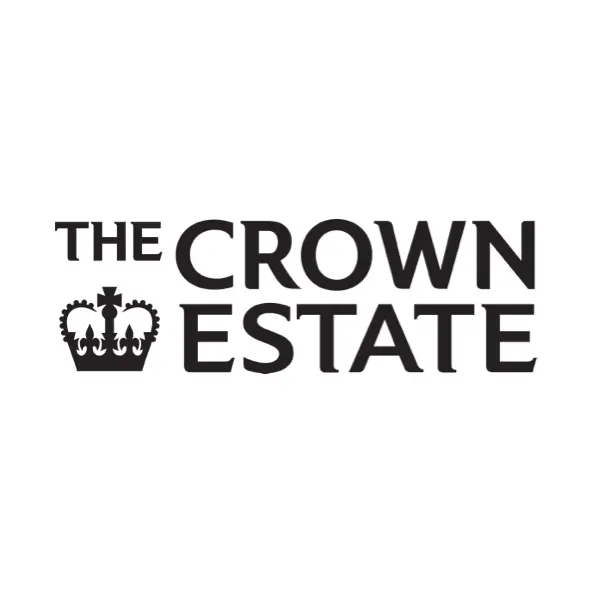genericSection
Data > BI Service Page_HERO
Business Intelligence.
Turn raw data into actionable insight.

Page Hero Image Overlap
False
grid
Grid Four Columns - BI
How we help.
We help you understand your business better by increasing the overall quality and ‘trustability’ of your data and surfacing it in an intuitive, usable way. Here’s some of the typical customer challenges we see.
BI - Element - Siloed Ops
Siloed operations mean we have no unified view of performance.

False
BI - Element - Trust
Lack of data quality and governance creates intelligence faultlines – we don’t trust it.

False
BI - Element - Reports
Reports are disposable: we create them to answer a question, then abandon them.

False
BI - Element - Timescales
We can’t make data available in the timescales required.

False
BI - Element - Locked
Our data is inaccessible/ value is locked into structured formats.

False
BI - Element - Formats
We present data inconsistently, in unfriendly formats.

False
BI - Element - Value
We generate increasing amounts of data, but we don’t drive enough value from it.

False
BI - Element - DS
Our data scientists are doing cool stuff – but we can’t see it.

False
0
Grid
Four Columns
White
Center
With Borders
Small Image
Default
genericSection
Empty-Space_White_LINKED
Empty Space
False
White
genericSection
Diagram_Our resources and capability - BI
Our resources and capability.
The scale and skills of our talented teams (and where to find them).

Single Image
False
Black
genericSection
BI - Dashboard Visualisation
BI - Dashboard Visualisation
Dashboard visualisation.
We engage closely with your business to understand your objectives and data use cases. Working with your teams and stakeholders, we break down siloes and merge datasets across different business units to build and establish a single, centralised source of truth for more accurate analysis and planning.
Our strong design principles for dashboards ensure we optimise for rapid insight. We deliver engaging, concise and compelling visualisations, backed by performant, scalable and logical data models on a platform that supports all levels of data maturity and complexity.

False
Value Proposition
False
Left
genericSection
BI - SelfServe
BI - SelfServe
Self-service BI.
Our BI consultants can also empower you to rapidly develop, consume and share reports, dashboards and visualisations without intervention that accurately reflect the health and success of your business operations.
We design versatile models that explore large volumes of diverse data for potential trends in low-code and no-code environments, enabling you to create personalised/ custom reports and visualisations on-demand.

False
Value Proposition
False
genericSection
What it means to you table - BI
How we work and what it means to you.
How it work & what it means to you.
| How we work. | What it means to you. |
|---|---|
| End-to-end reporting infrastructure with optimised pipeline between data sources and business insight delivery. | All-in-one reporting engine that kickstarts your intelligence journey. |
| Real-time insight and BI systems that surface live metrics. | Enables operations use cases that require actionable and instant insight, beyond the traditional strategic and backwards-looking focus. Empowers swift and efficient operational responses. |
| End-user focused, intuitive frontend design that emphasises business communications quality. | The route to insight is engaging and accelerated, crucial in driving a data culture in your organisation. |
| Strong links into the Ascent Data Science practice. | Leverages a change mindset and advanced analytics capabilities to drive tangible business impact. |
| Part of a broad, mature offering that combines data engineering, consulting and data science with software development and design thinking. | Direct route to building compelling business services on top of your BI investment. |
True
Base
False
genericSection
IN ACTION
DATA - BI CaseStudy
ECB
Optimising player performance with data.
Proud to be the first Official Performance Insight Partner to ECB Women’s Cricket, Ascent delivers cutting-edge insight to ECB management and players that enables real-time performance tuning decisions in both long-term coaching and match series scenarios.
We identified and enhanced a set of data sources, including a centralised match footage hub, that would give the England Women’s Performance support team a 360-view of the medical, coaching, physiological, wellbeing and mental health-related factors that contribute to winning performances. Designing and building the big picture with impactful data is critical as it helps the team make more informed decisions on supporting players, understand the impact of health and wellness on performance, and optimise and consolidate training schedules.

Logo- Data - Case Study - BI Services
Logo
False
Career Progression Services
False
Black
genericSection
Empty-Space_White_LINKED
Empty Space
False
White
Our customers.
Ascent works with over 170 businesses in the UK, Europe and North America. From global insurance, healthcare and retail to smart home devices, space exploration and cricket - we get to work with some of the sharpest minds in the brightest businesses.
genericSection
Explore our other data services - BI
Explore our other services.
Mission And Values With Tiles
False
genericSection
Empty-Space_White_LINKED
Empty Space
False
White
genericSection
[DATA SERVICE] Lets get started section
Let’s get started.
We help you create game-changing insight, deliver pivotal data projects and build strong internal analytics capability.
Got a challenge in mind? We’re ready when you are.

Get In Touch
False




































